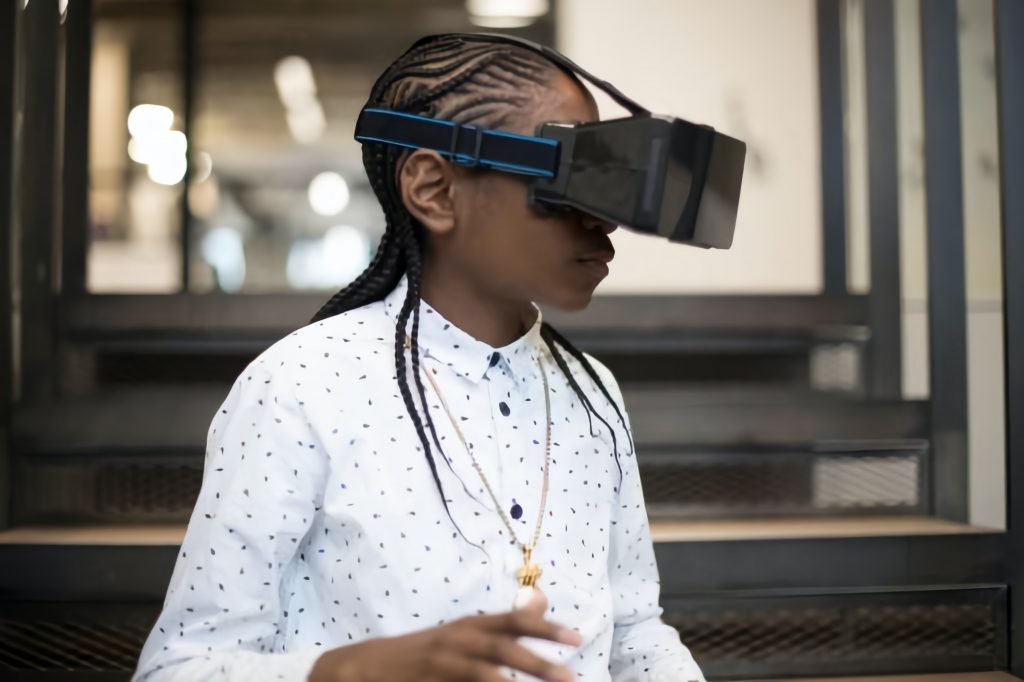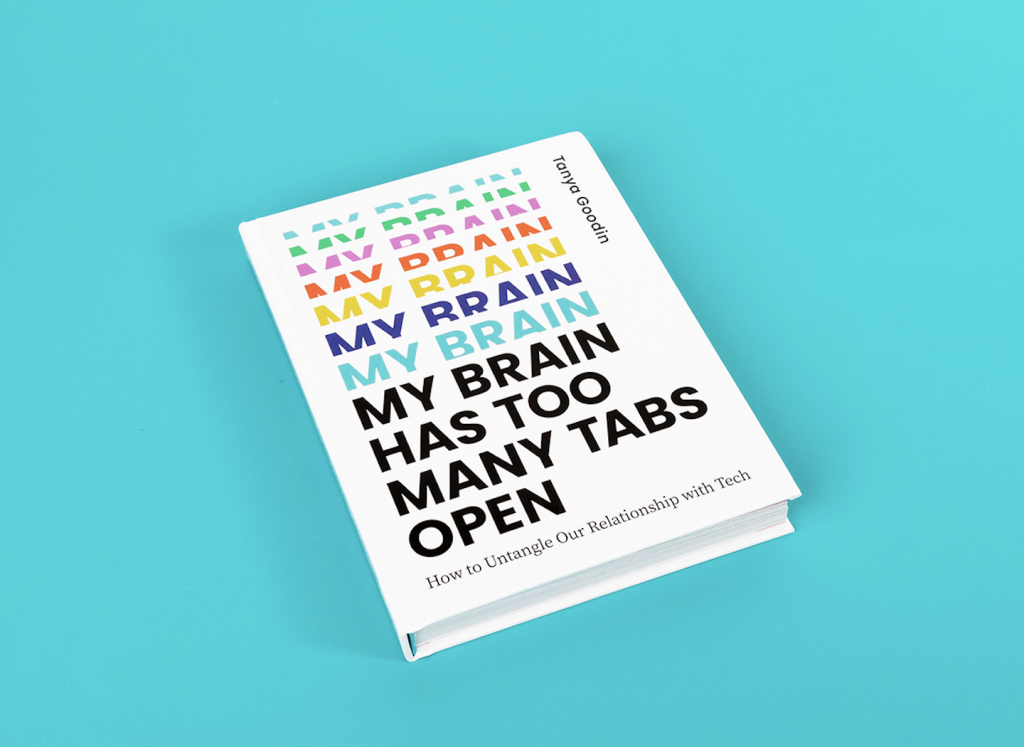Children’s exposure to the world of the metaverse is not some futuristic possibility, it is happening now. According to a 2021 report Media Use by Tweens and Teens, 17% of children age 8 to 18 report having a virtual reality (VR) headset, and about one in five tweens (22%) and one in four teens (27%) have tried virtual reality at some stage in their lives.
And VR is not the only way to engage with the metaverse. Millions of children also use non-immersive gaming systems (like a games console or computer) to take part in connected virtual worlds like Roblox, which reported over 100 million monthly users under 13 years old in 2021.
What is the Metaverse?
Think of the metaverse as a virtual world or place you can visit while physically remaining in the real world. So you could stay rooted in your office while experiencing yourself being on the beach, or wander through a forest while sitting on your sofa.
Meeting and interacting with other people in virtual worlds, while they also stay in their own physical location, is one of the aspects of the metaverse that tech companies get most excited about. Surgeons could ‘operate’ on patients remotely for example using VR headsets, bringing life-saving healthcare to hard-to-reach populations. There are many types of virtual worlds (Facebook with its rebrand as Meta has made it clear it wants to be the biggest one) but Big Tech has invested in more research on potentially beneficial uses of the metaverse than on its possibly harmful consequences – particularly for children.
“The various psychological harms and privacy risks that have threatened kids on the internet for years may increase in intensity and scope as the metaverse offers more immersive experiences.”
‘Kids and the Metaverse’: Common Sense Media
Risks to Kids in the Metaverse
Common Sense Media in their white paper “Kids and the Metaverse: What Parents, Policymakers, and Companies Need to Know” draw on interviews and studies from leading experts in VR and and augmented reality (AR) to identify five possible types of risks that the metaverse may pose for young users.
- Physiological dangers. Navigating the metaverse through VR can induce nausea, eye strain, and other forms of ‘cybersickness’ among kids. Putting on a VR headset and walking or falling through immersive environments can induce nausea similar to car sickness. Wearing a VR headset can also blind users to real-world obstacles.
- Privacy violations. Platforms can collect children’s nonverbal data as VR systems record facial and eye movements. Sensitive biometric information of young users could be exploited for commercial gain. Meta (Facebook) has made it clear that personalised ads will be central to its metaverse business model.
- Disinformation and manipulation. One-to-one, immersive conditions make it easier for bad actors to persuade, mislead, and manipulate. The deceptive possibilities of bots and deepfakes are enormous, especially for tweens, who may have trouble discerning what or who is real. The anonymity of virtual avatars can further facilitate the trolling that afflicts social media.
- Sexual content and abuse. In the metaverse, young users can regularly come across virtual strip clubs, simulated sex acts, and rape threats. Because VR is designed to immerse the entire body, abuse has the potential to be more traumatic, if and when it occurs.
- Psychological risks. There are signs of a relationship existing between the VR technologies underlying the metaverse and addiction, increased aggression, and dissociation from reality.

How can parents protect their kids in the metaverse?
The guidelines for helping your children navigate the metaverse are very similar to those for helping them with the internet and the digital world. In order to help them you must become an informed consumer and understand the new world(s) they are encountering. This doesn’t mean you need to become an expert, but you should try and understand how your children are engaging with it. The following tips may help;
- Talk about metaverse experiences with your kids.
- Ensure access to metaverse experiences is age-appropriate by researching product designs and age restrictions.
- Read privacy and user agreements to understand how your kids are being tracked and learn how to increase privacy settings.
- Jump into the metaverse alongside your kids, understand how they are engaging with it.
- Think about the kind of content you want your children to experience in the metaverse. Would you want your children to have the same experience in the real world?
- Build in breaks between VR sessions to minimise eye strain, headaches, and nausea.
- Watch out for increased aggression and for longer and longer sessions and a withdrawal from other activities. Seek help for your child if you notice any of these signs.

For more help on parenting in the digital world and considerations for guiding kids in the metaverse, pick up a copy of my new book.
